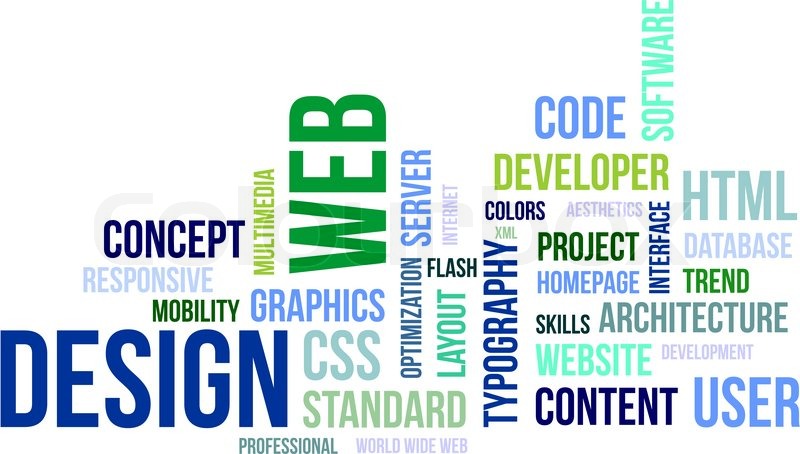WebAIM offers a four-week online course on document (Word, PowerPoint, and PDF) accessibility. Learn more about the Document Accessibility Course.
Introduction
Choose one of our letter templates, and open it in Word for the web to make it yours. Tip: If you're already in Word for the web, get to the letter templates by going to File New, and then below the template images click More on Office.com. You'll be on the Templates for Word page. Find 41 ways to say WEB, along with antonyms, related words, and example sentences at Thesaurus.com, the world's most trusted free thesaurus. Create your best work with the latest versions of Word, Excel, and other Office apps. Plus, get 1 TB of cloud storage, document sharing, ransomware recovery, and more with OneDrive.
Microsoft Word is the most widely used word processor on the market, and the .docx format is the de facto format for text documents. It is also often used to create PDF and HTML files for websites. There are several things you can do to make your Word Documents more accessible for people with disabilities, and this capability improves with each version of Office.

The following best practices are provided to help you maximize the accessibility of your Word documents. On this page you will find general principles for increasing accessibility in all versions of Word.
Web Word App
When you are ready to put these recommendations into practice, select your version of Word from the article contents or at the bottom of this page.
Headings
A good heading structure is often the most important accessibility consideration in Word documents. When encountering a lengthy Word document, sighted users often scroll and look for headings to get an idea of its structure and content. Screen reader users can also navigate Word documents by headings. For example, screen reader users can access a list of all headings in the document, jump from heading to heading, or even navigate by heading levels (e.g., all second-level headings).
However, this only works if Word's Heading styles are used. Unfortunately, it is a common practice to create a 'heading' by highlighting the text and applying a different font, a larger font size, bold formatting, etc. using Word's Font styles. These Font styles will provide visual headings but not the document structure needed for navigation by assistive technology users is missing.
Heading levels should represent the structure of the document.
- A Heading 1 is the document title or a main content heading. There is generally just one Heading 1 per document, although it is possible to have more than one (e.g., a journal where each article is a Heading 1).
- A Heading 2 is a major section heading.
- A Heading 3 is a sub-section of the Heading 2.
- A Heading 4 is a sub-section of the Heading 3, and so on.
You should not skip heading levels, such as using a Heading 4 after a Heading 2 with no Heading 3 between the two.
Word supports Heading 1-9, but web pages and PDF files only support 6 levels of headings. For this reason, we recommend limiting yourself to Heading 1-6.
Alternative Text for Images
If an image presents content or has a function, you must provide an equivalent alternative text for this image. This information will be presented to a screen reader user when they encounter the image.
There are two ways to provide alt text in Word documents:
Web Word Web Examples
- Use the 'Alt text' functionality in Word. You can add 'Alt text' text to Pictures, Shapes, Charts, SmartArt, and (in Office 365) Icons and 3D Models.
- Provide an alternative in the surrounding text.
For complex images like charts, you will often need to provide succinct 'Alt text' plus a table or lengthier text alternative near the image. Vectorworks 2014 crack mac.
Alternative text should be:
- Accurate and equivalent – present the content or function as the image.
- Succinct – a few words are usually enough; a short sentence or two is sometimes appropriate.
- NOT be redundant – do not provide information that is in the surrounding text.
- NOT use descriptive phrases – screen reading software identifies images, so do not use phrases such as 'image of..' or 'graphic of..'.
Data Tables
A data table is a grid of information organized into columns and rows. Sighted users scan a table to make associations between data in the table and their appropriate row and/or column headers. Screen reader users make these same associations if tables are structured correctly. The tools for creating accessible tables are limited—especially in older versions—but you can identify a single row of column headers and a single column of row headers.
Links
Links in Word documents allow users to visit web pages, send an email, and to navigate to headings or bookmarks within the same document. When you paste a webpage address—or URL—into a document and hit Enter or Space, Word automatically creates a link and uses the URL as the link text. It is usually best to give the link more descriptive text.
Web Word Processor
Follow these principles to create accessible links:
- Use descriptive link text that does not rely on context from the surrounding text.
- Keep the amount of text in the link to a minimum.
- Use underlined text with a color that stands out from the surrounding text.

Screen reader users may skim a document by navigating from link to link. Avoid ambiguous link text that is difficult to understand out of context (e.g., 'click here').
Lists & Columns
Lists and columns add important hierarchical structure to a document. Sometimes users create 'lists' and 'columns' manually by hitting the Tab to indent content. While this provides visual structure for sighted users, it does not provide the document structure needed for assistive technology users.
There are two types of lists used in Word: bullets and numbers. Bulleted lists are used for a group of items without an order or hierarchy:
- Ketchup
- Mustard
- Pickles
- Onions
Numbered lists present a group where the number of items matter or where there is an order or sequence:
- Preheat grill with 'high' heat setting.
- Cook hamburgers on 'medium' heat setting.
- Flip hamburgers when juices are visible on the top of the patty.
- Remove hamburgers when the inside temperature is 160℉.
Other Principles
- Use simple language.
- Ensure that font size is sufficient, usually a minimum of 11 points.
- Provide sufficient contrast between text colors and background colors.
- Do not use color as the only way to convey information.
- Be careful with the use of watermarks. They can impact readability and create low contrast.
- Provide a table of contents for long documents.
Accessibility Checker
Word has an Accessibility Checker for identifying and repairing many accessibility issues. The checker's Inspection Results classifies accessibility issues into three categories:

- Errors: content that makes a document very difficult or impossible for people with disabilities to access.
- Example: an image with no alt text.
- Warnings: content that in most—but not all—cases makes the document difficult for people with disabilities to access.
- Example: a link with text that is not descriptive of its function.
- Tips: content that people with disabilities can access, but that might be better organized or presented.
- Example: skipping from a first-level heading to a third-level heading.
Clicking an item in the results highlights the corresponding item in the document and displays the Additional Information section:
- Why Fix: explains why the issue impacts accessibility.
- How to Fix: suggestions for repairing the issue.
Converting to PDF
Many Word documents end up as PDF files. It is a convenient way to preserve formatting and accessibility information, assuming the file is converted correctly. Read more on converting a Word document to accessible PDF in our Acrobat/PDF article.
Make sure that you have the right version of Acrobat for your version of Word. Some accessibility information may still need to be added in Acrobat Professional.
Principles into Practice
Web Wordpad
Ready to get started? Select your version of Word:




